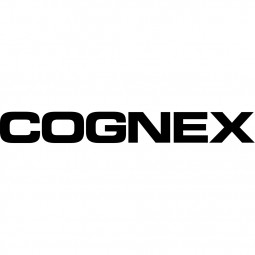COGNEX
Case Studies
Cognex VIDI Kit: Deep Learning for the Automotive Industry
Overview
 |
Cognex VIDI Kit: Deep Learning for the Automotive IndustryCOGNEX |

|
Analytics & Modeling - Computer Vision Software Analytics & Modeling - Machine Learning | |
Automotive | |
Discrete Manufacturing Quality Assurance | |
Computer Vision Visual Quality Detection | |
Software Design & Engineering Services | |
Operational Impact
| [Efficiency Improvement - Quality Assurance] The software will only characterize images containing longer scratches as defects, as it has learned to recognize and ignore insignificant changes. | |


